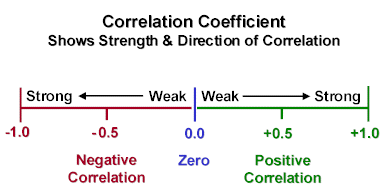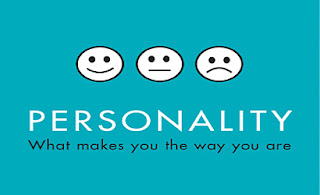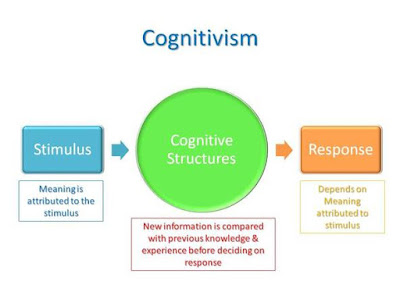If you are involved in educational statistics, you must be interested to know about the Correlational Research. The present article will help you understand the following: What is Correlational Research? Where is the Correlational Research applied? What are the Advantages of Correlational Research? What are the Limitations of Correlational Research? What is Coefficient Correlation? What are the Types of Coefficient Correlation ("Positive Correlation", "Negative Correlation", "No Correlation", and "Perfect Correlation")?
What is Correlational Research and its Characteristics?

Correlational Research is a non-experimental research method. In this research method, there is no manipulation of an independent variable.
In correlational research, the researcher studies the relationship between one or more quantitative independent variables and one or more quantitative dependent variables. In other words, it can be said that in correlational research, the independent and dependent variables are quantitative.
It is important to stress that correlations refer to measures of association and do not necessarily indicate causal relationships between variables.
Mouly puts it like this: “The correlation simply implies concomitance; it is not synonymous with causation. It may suggest causation in the same sense that the variables involved are part of a cause and effect system, but the nature of the system and the direction in which the components operate is not specified in the correlation. The two variables are not necessarily (or perhaps even commonly) the cause and effect of each other. The correlation between X and Y is often nothing more than the reflection of the operation of a third factor.”
When Correlational Research is appropriate:
Correlational research is appropriate in the following two instances:
First, it is appropriate when there is need to discover or clarify relationships and where correlation coefficients will achieve these ends. It is especially useful in this connection in the initial stages of a project where a certain amount of basic groundwork has to be covered to get some idea of the structure of relationships. In this way, it gets at degrees of relationships which may become a source of hypotheses and further research.
The correlational approach is also valuable when variables are complex and do not lend themselves therefore to the experimental method and controlled manipulation. It also permits the measurement of several variables and their relationships simultaneously in realistic settings.
Second, correlational research is appropriate where objective, or one of a set of objectives, is to achieve some degree of prediction. (prediction studies are appropriate where a firm basis of previous knowledge is present, the assumption being that at least some of the factors will relate to the behavior to be predicted).
Advantages of Correlational Research:
Correlational research is particularly useful in tackling the problems of education and social sciences because it allows for the measurement of a number of variables and their relationships simultaneously.
The experimental approach, by contrast, is characterized by the manipulation of a single variable and is thus appropriate for dealing with problems where simple causal relationship exist.
In educational and behavioral research, it is invariably the case that a number of variables contribute to a particular outcome. Experimental research thus introduces a note of unreality into research, whereas correlational approaches, while less rigorous, allow for the study of behavior in more realistic settings.
Correlational research yields information concerning the degree of relationship between the variables being studied. It thus provides the researcher with insights into the way variables operate that cannot be gained by other means.
Limitations of Correlational Research:
Correlational research only identifies what goes with what—it only implies concomitance and therefore does not necessarily establish cause-and-effect relationships.
It is less rigorous than the experimental approach because it exercises less control over the independent variables. It is prone to identify spurious relation patterns. It adopts an atomistic approach.
What is the value of the Correlation Coefficient ("r")?
To understand how to study the relationship between two variables when both are quantitative, one needs a basic understanding of a correlation coefficient.
Correlation is the relationship between two or more paired variables or two or more sets of data. The degree of relationship is measured and represented by the coefficient of correlation.
It is a numerical index that provides information about the strength and direction of the relationship between two variables. It provides information about how two variables are associated.
More specifically, a correlation coefficient is a number that can range from -1 to 1, with zero standing for no correlation at all.
Positive Correlation:
If the number is greater than zero, there is a positive correlation. (A positive correlation is present when scores on two variables tend to move in the same direction).
Negative Correlation:
If the number is less than zero, there is a negative correlation. (A negative correlation is present when scores on two variables tend to move in opposite directions—as one variable goes up, the other tends to go down and vice versa)
No Correlation:
If the number is equal to zero, then there is no correlation between the two variables being correlated.
Perfect Correlation:
If the number is equal to +1 or equal to -1, the correlation is called perfect; that is, it is as strong as possible.













